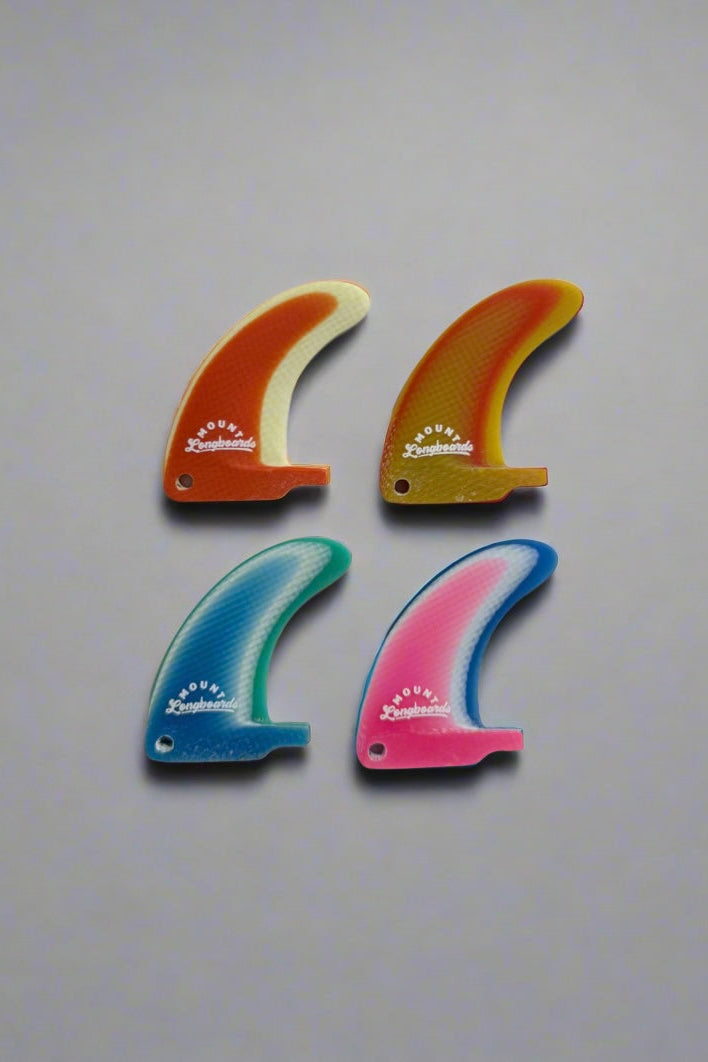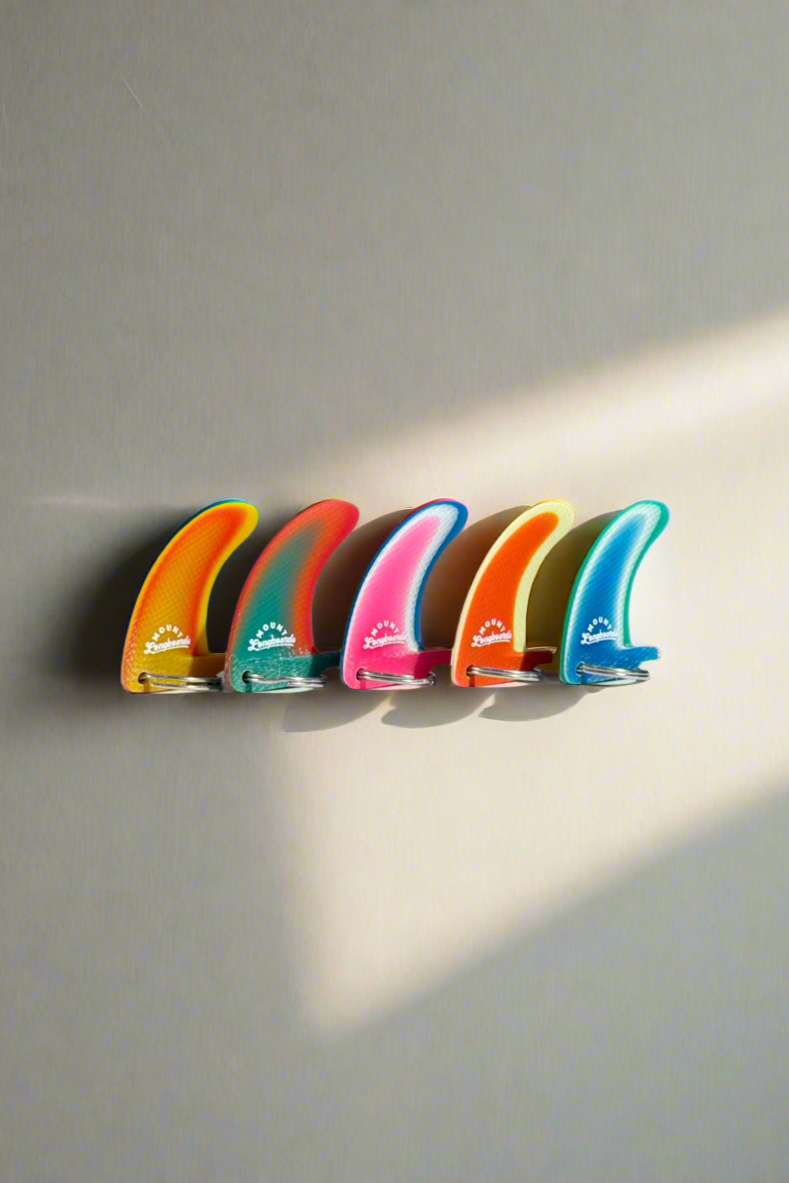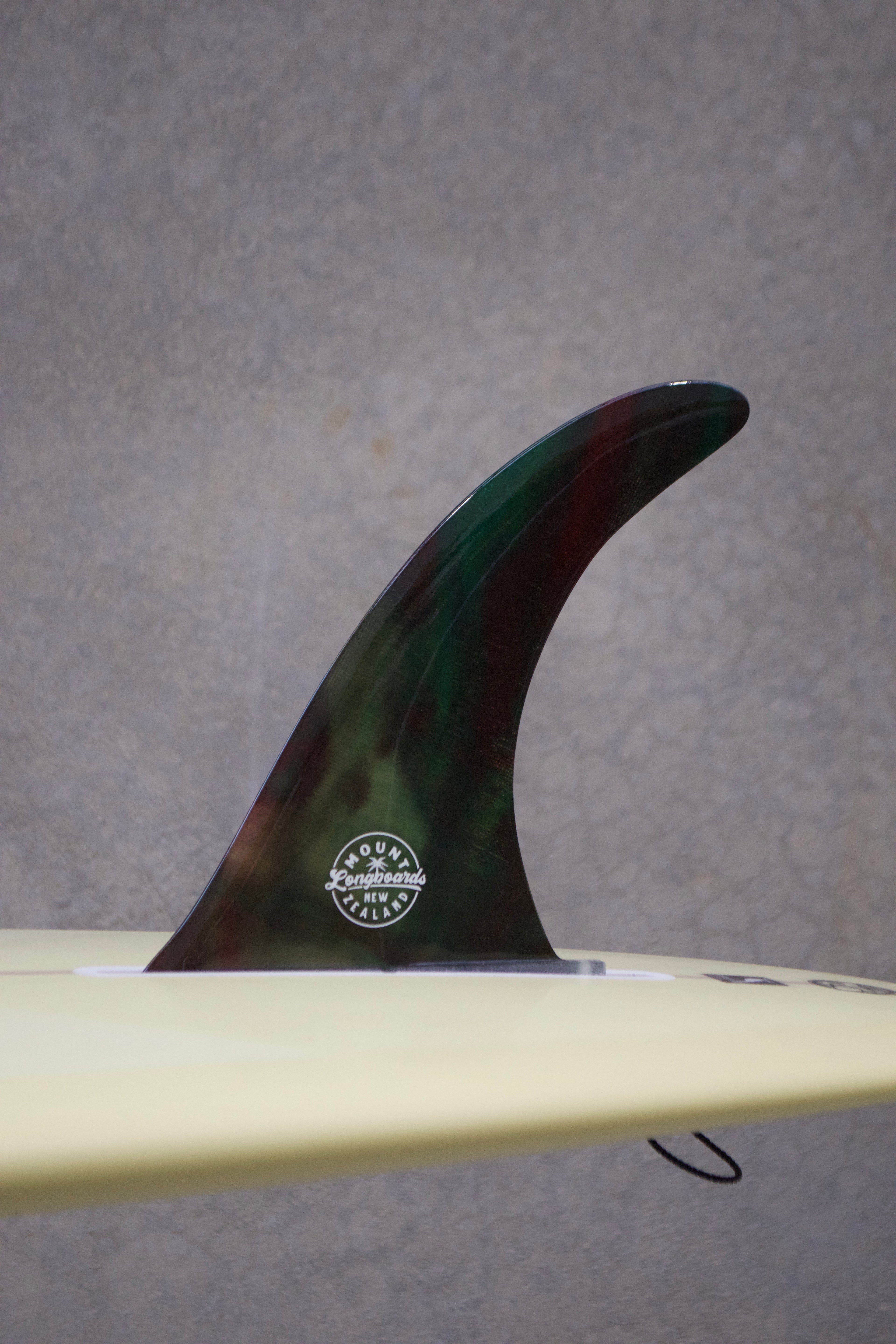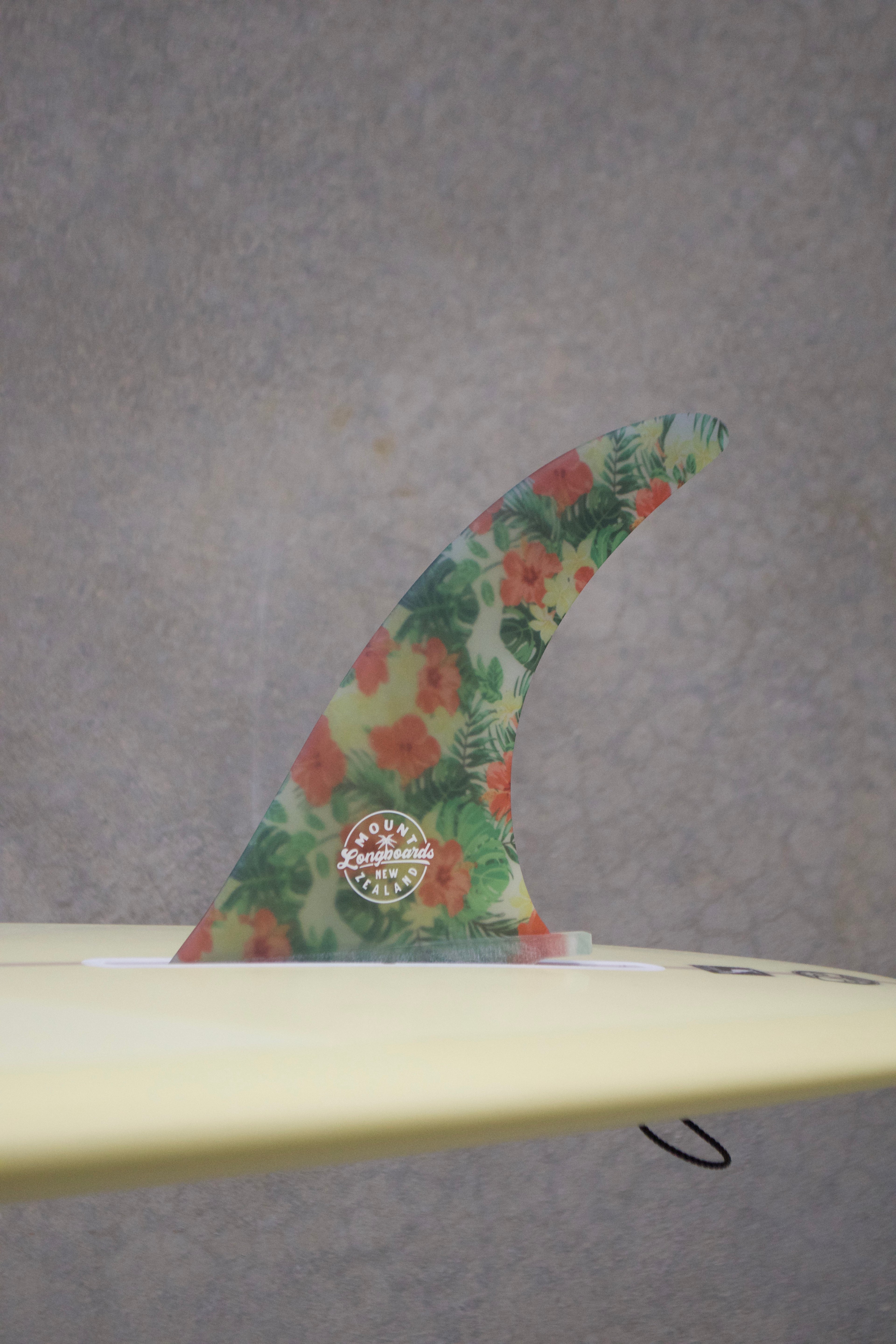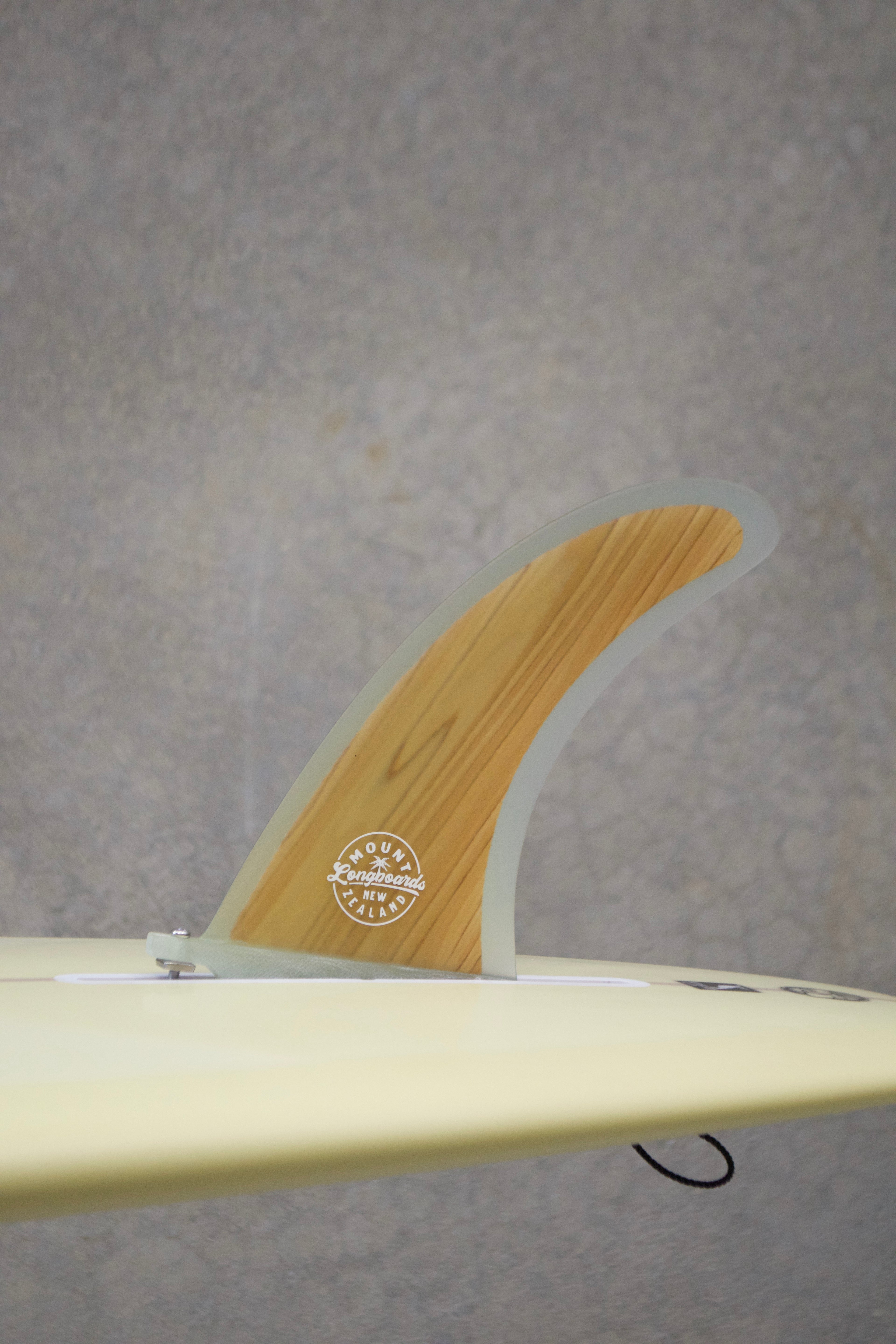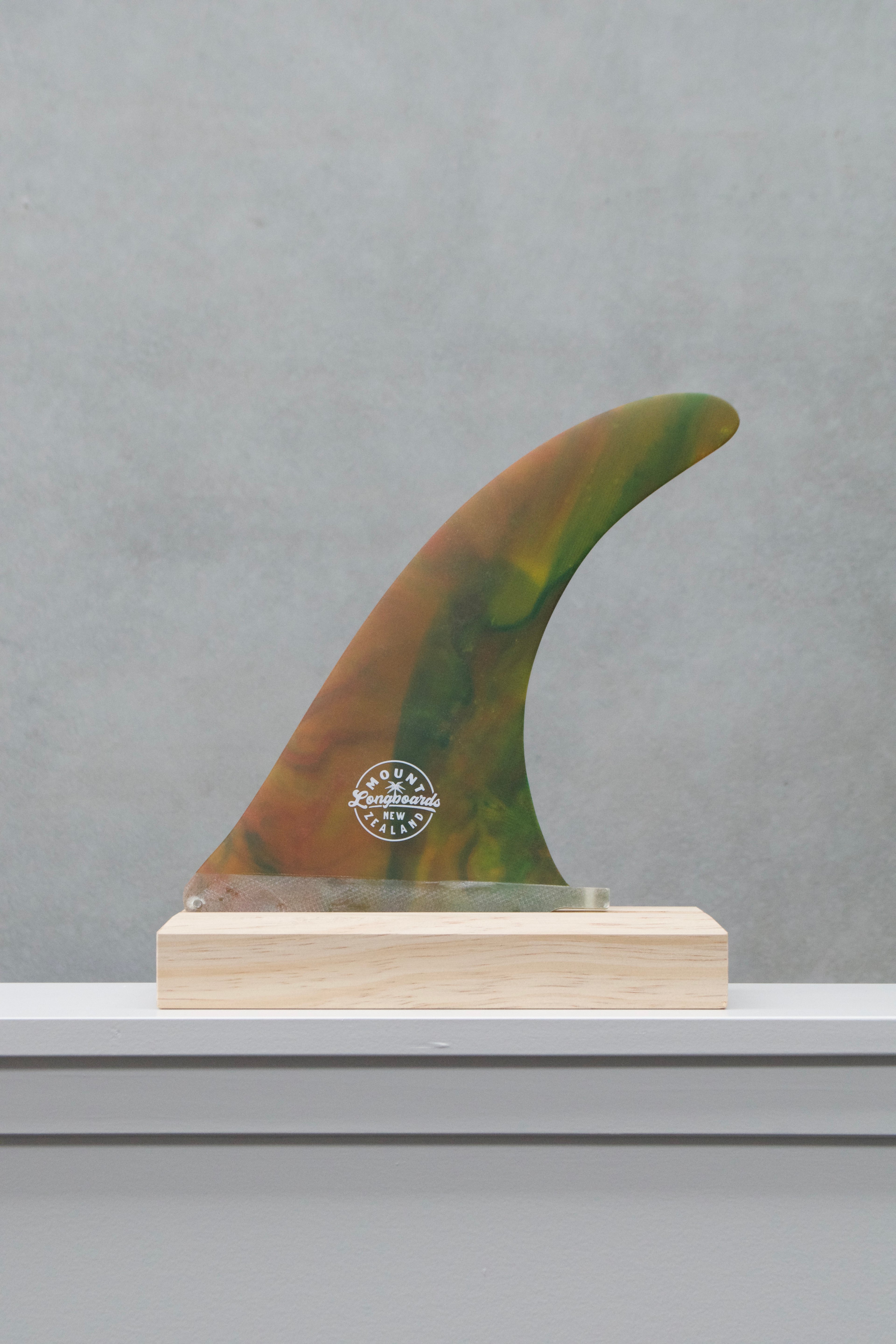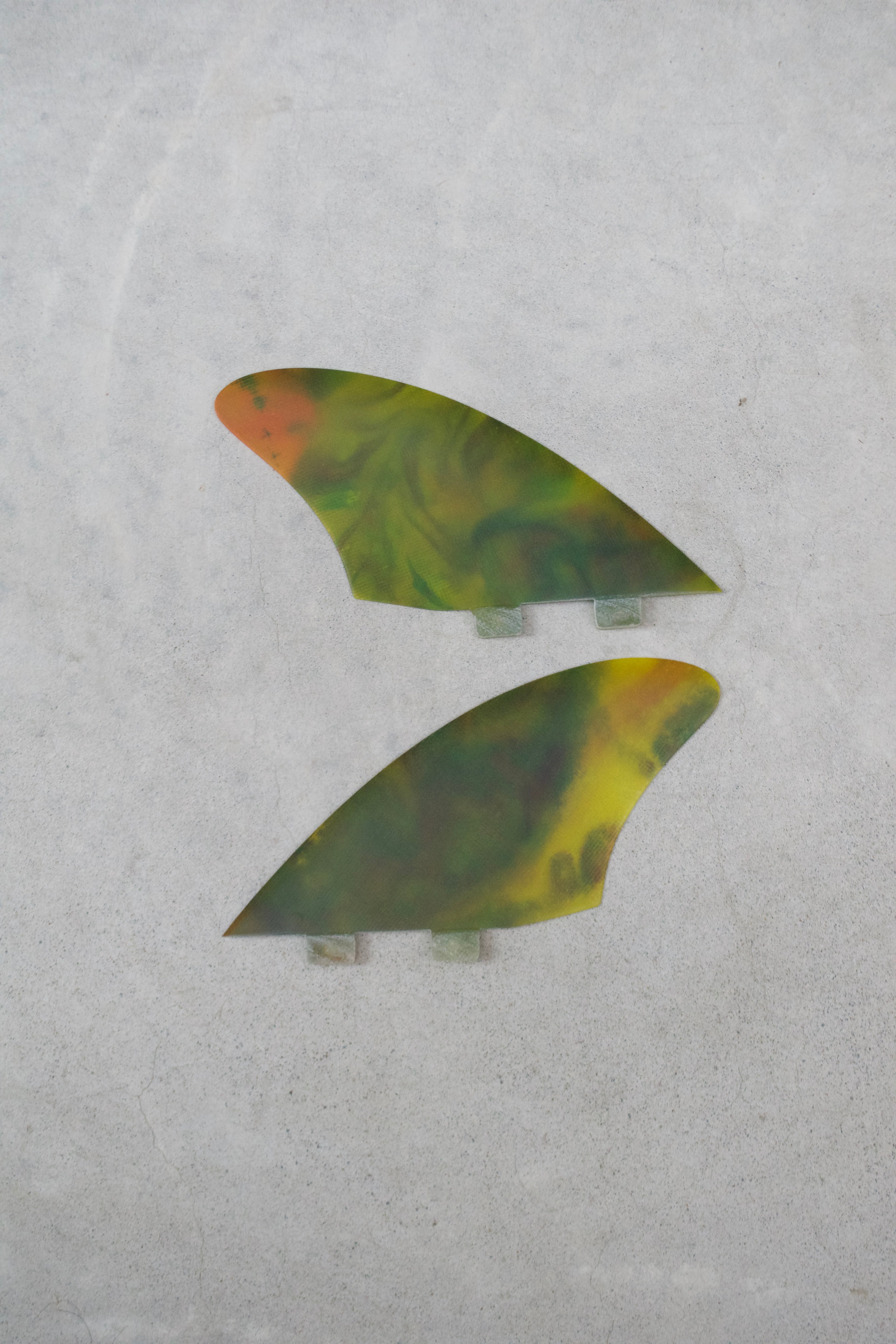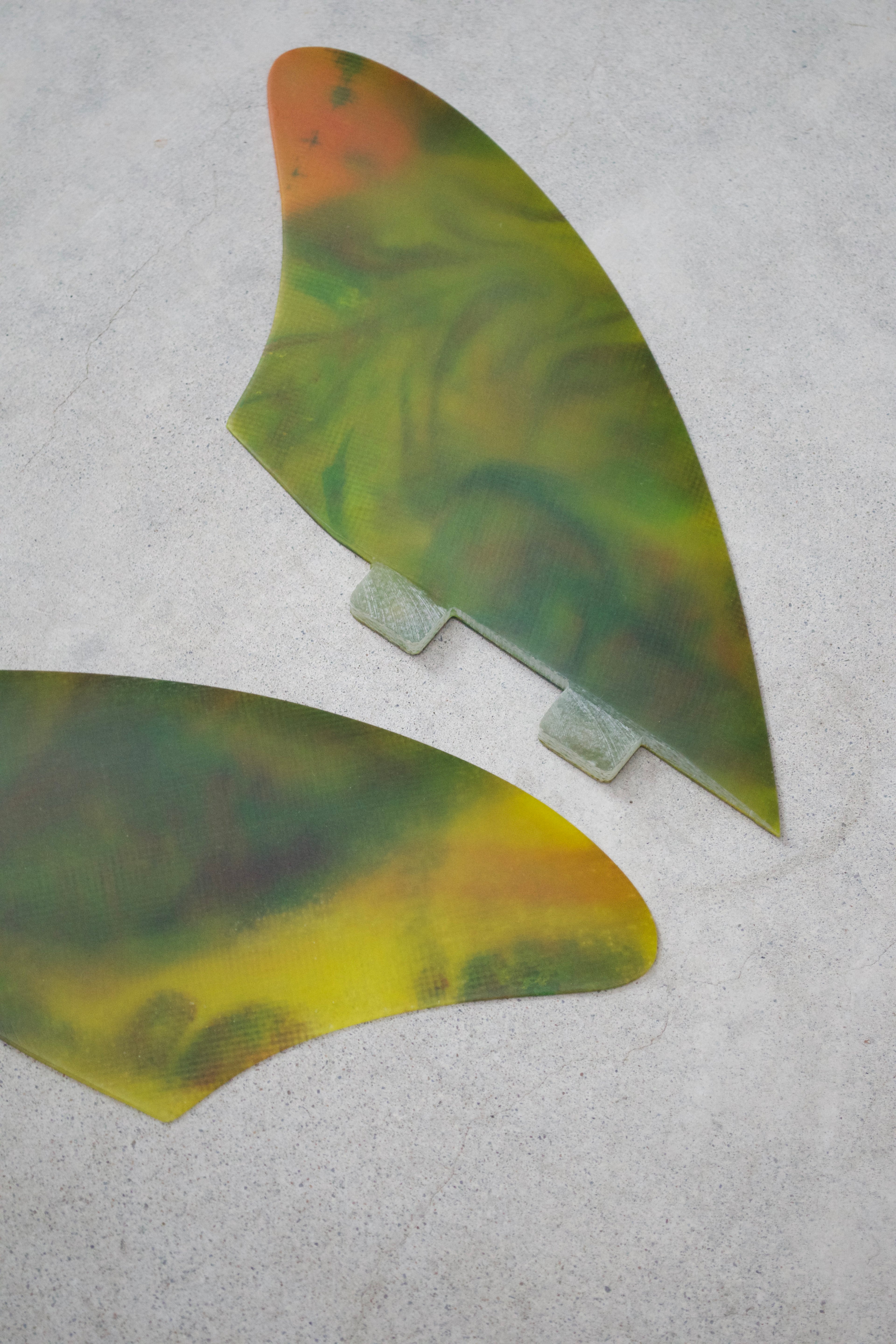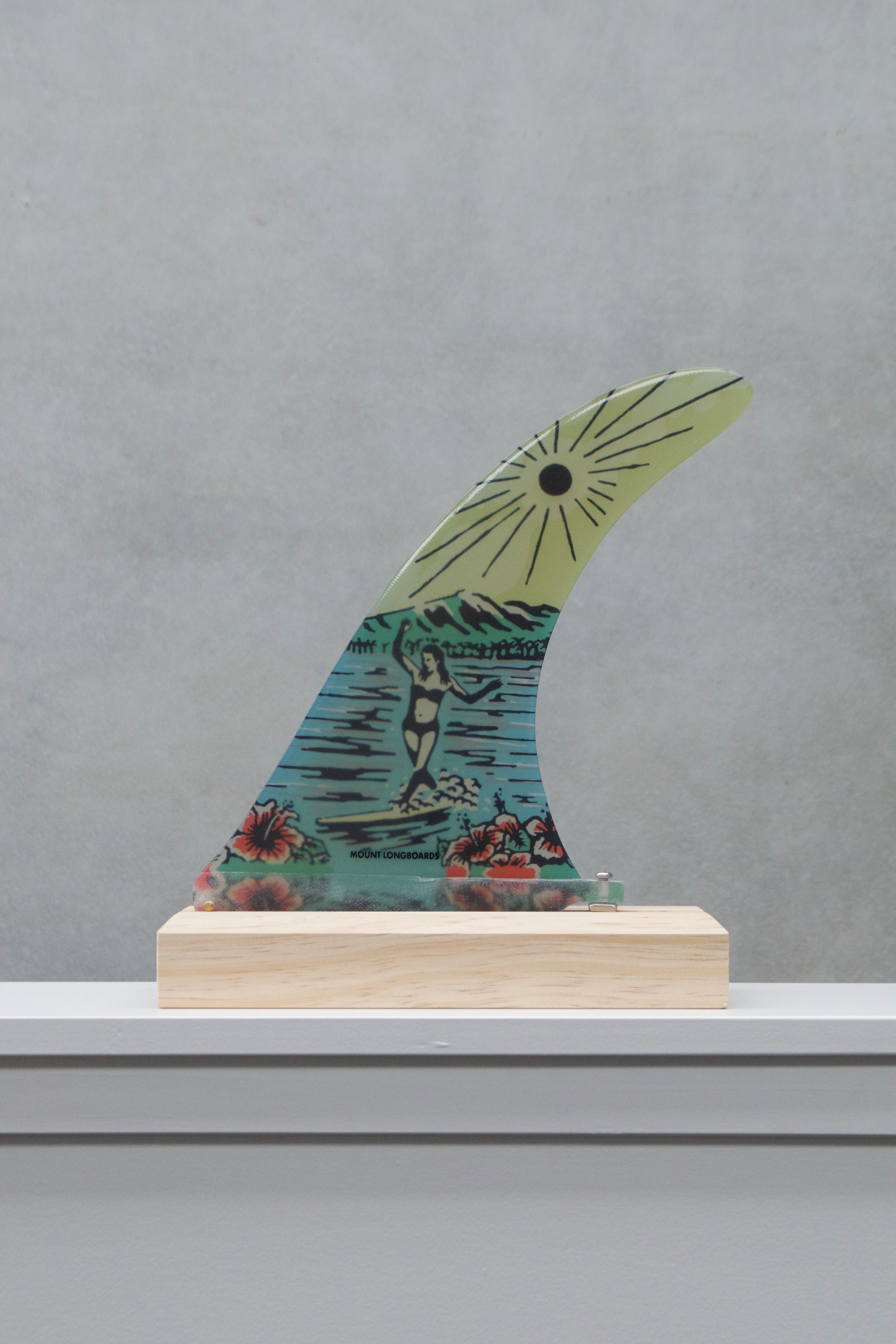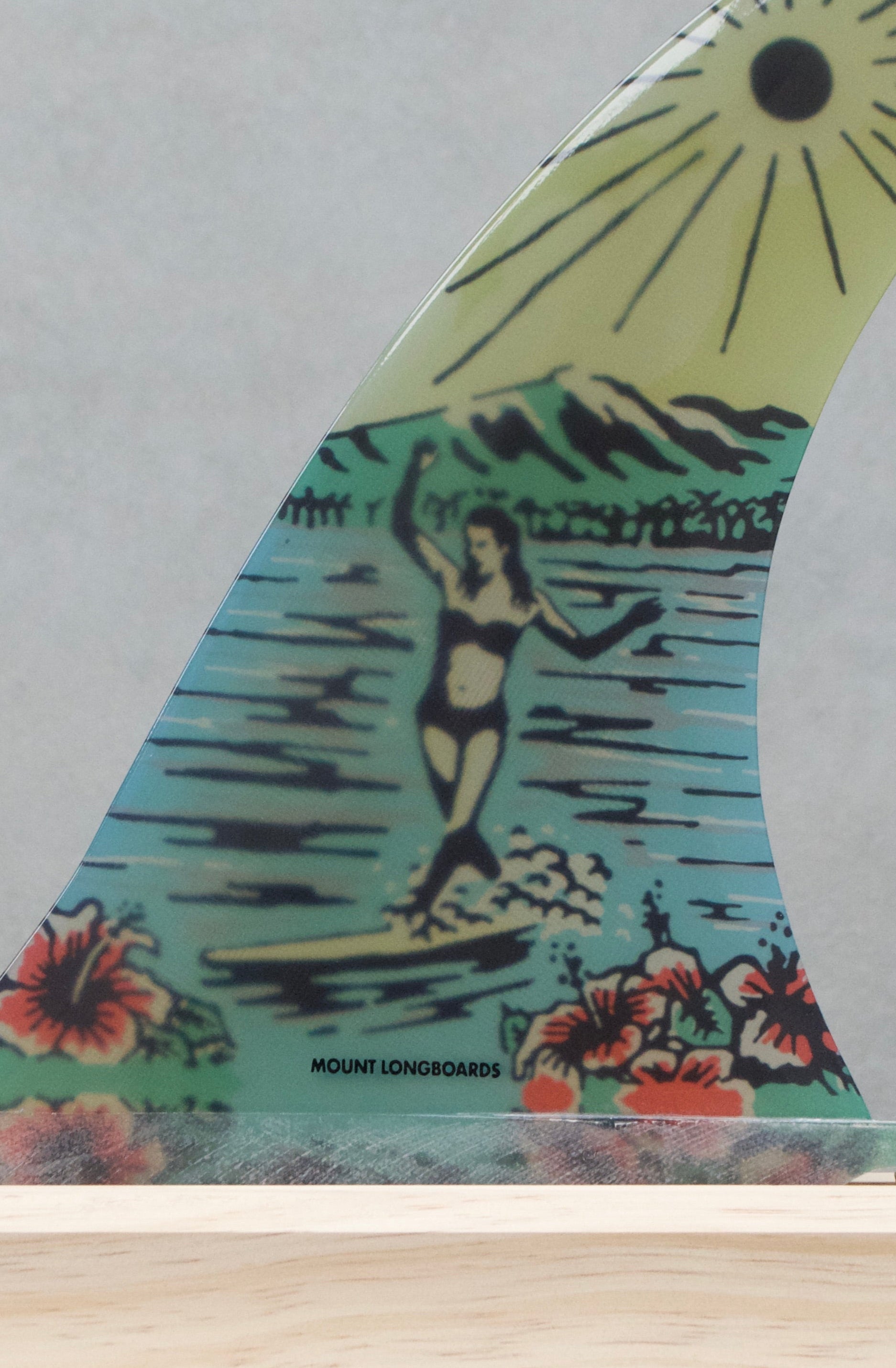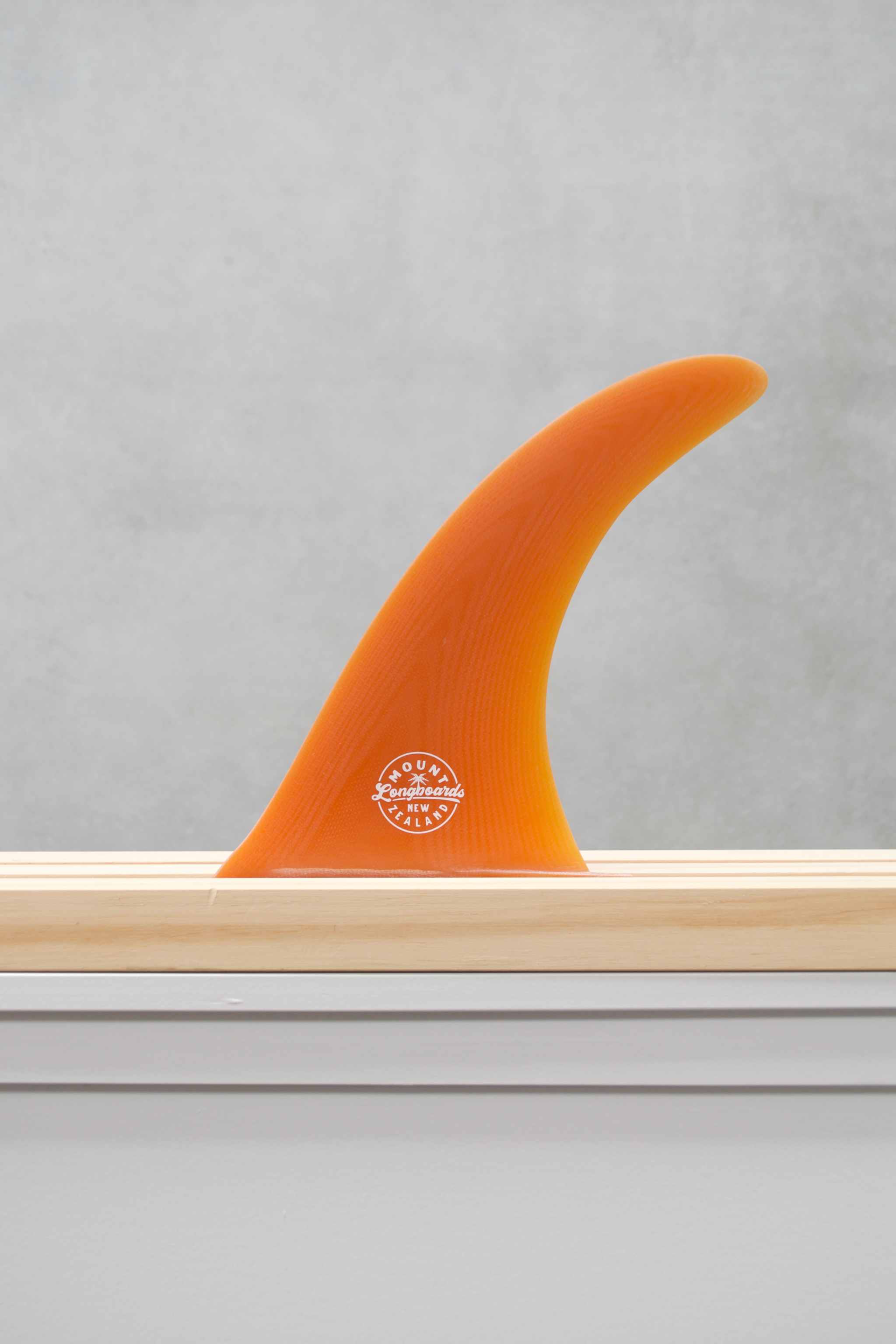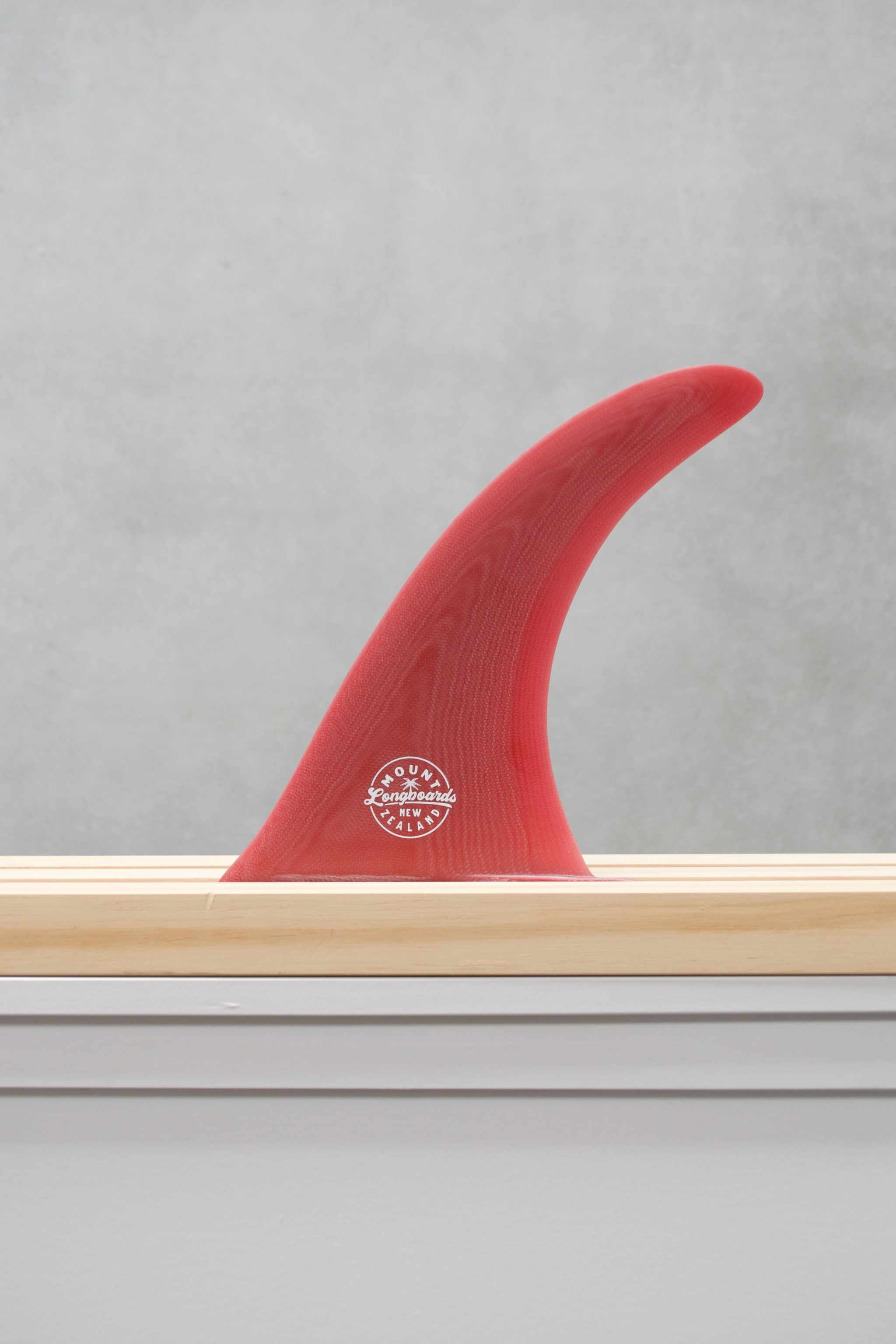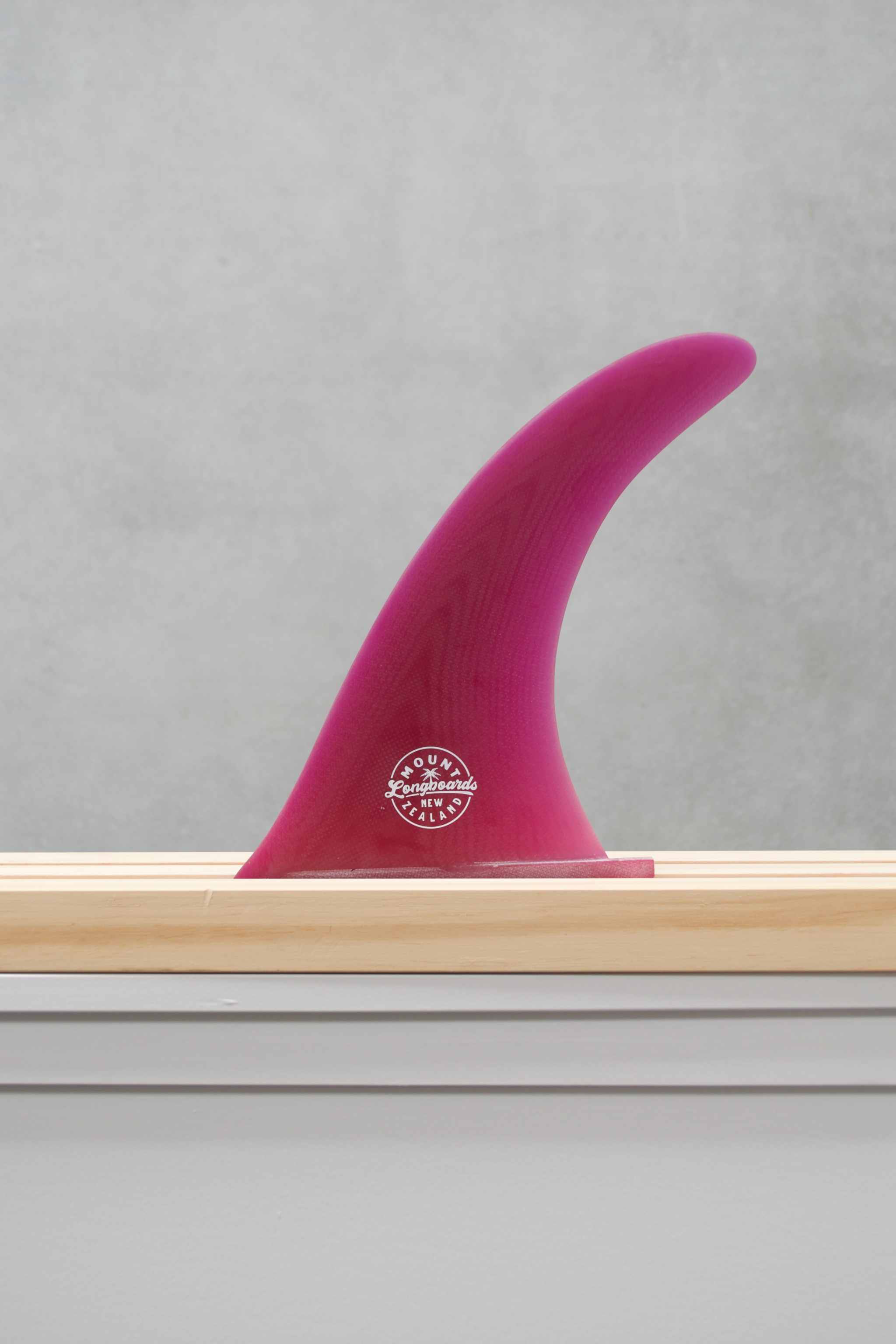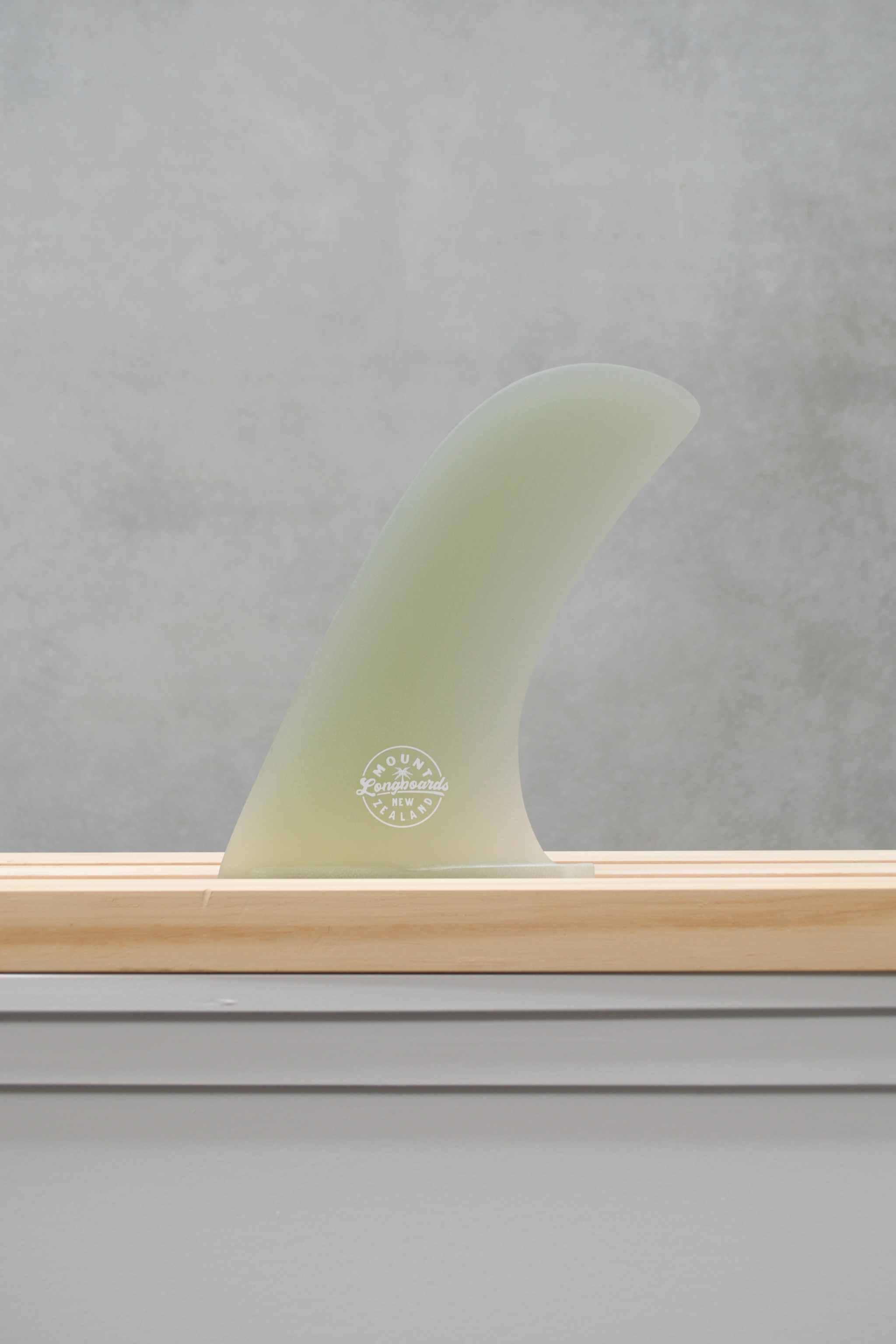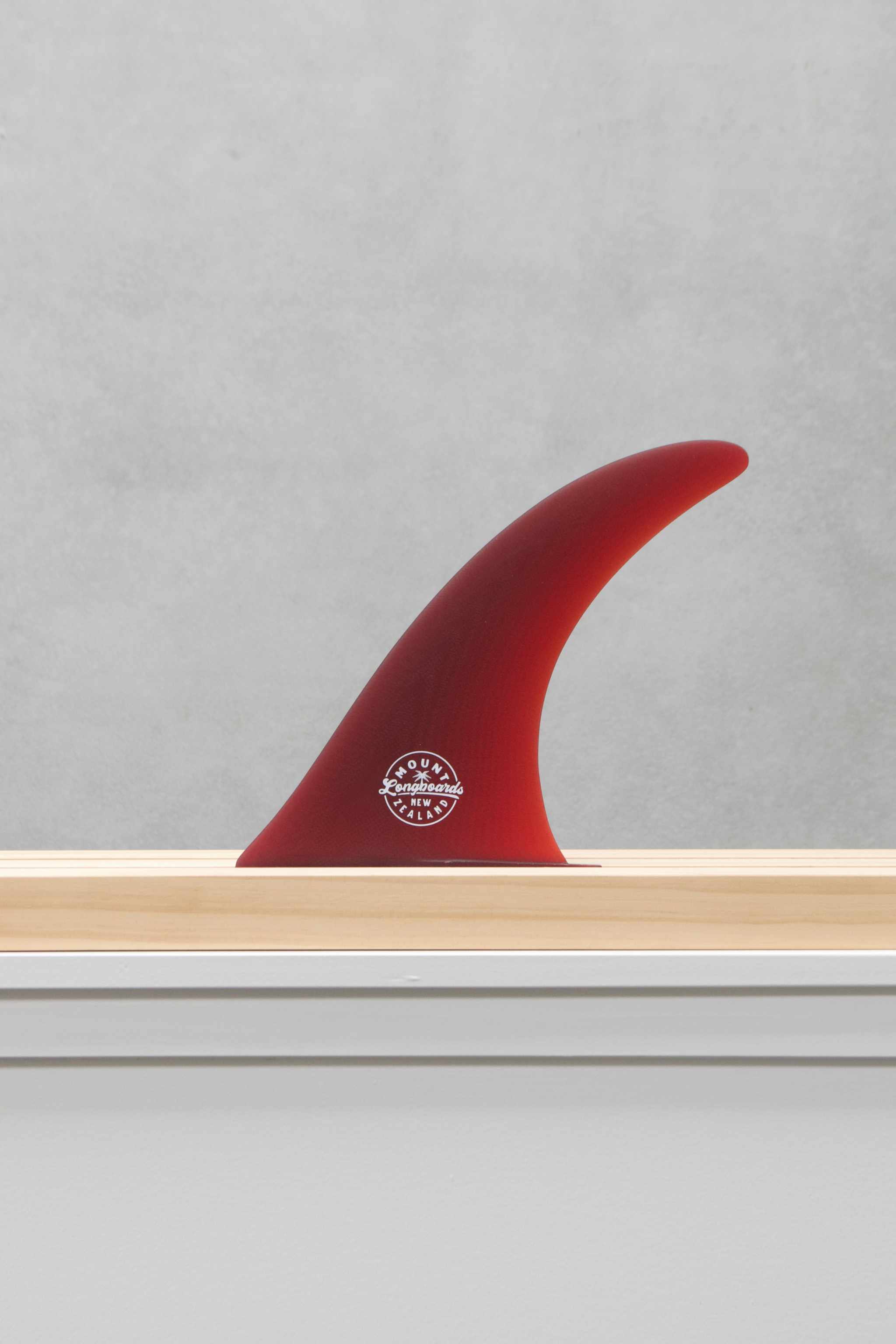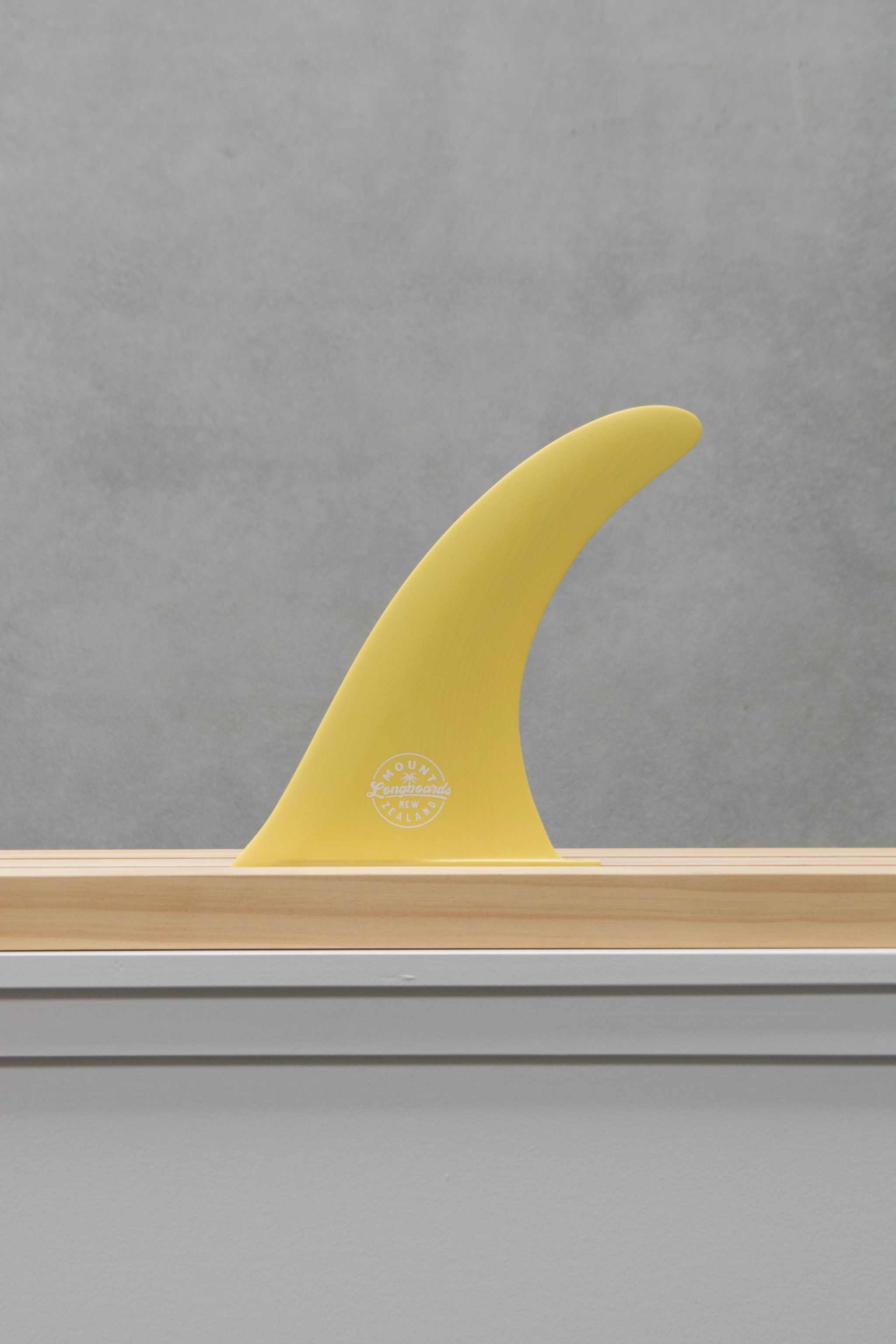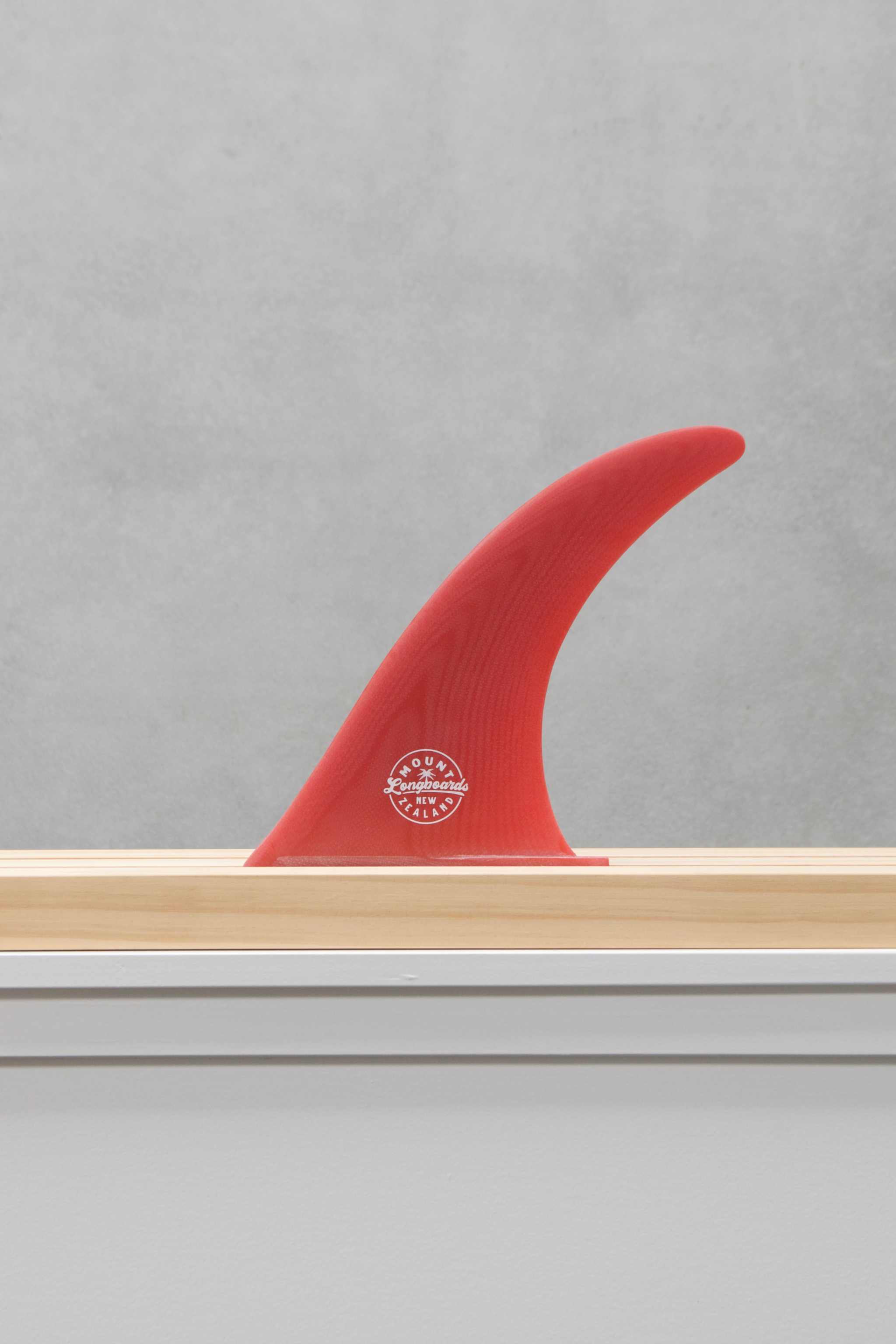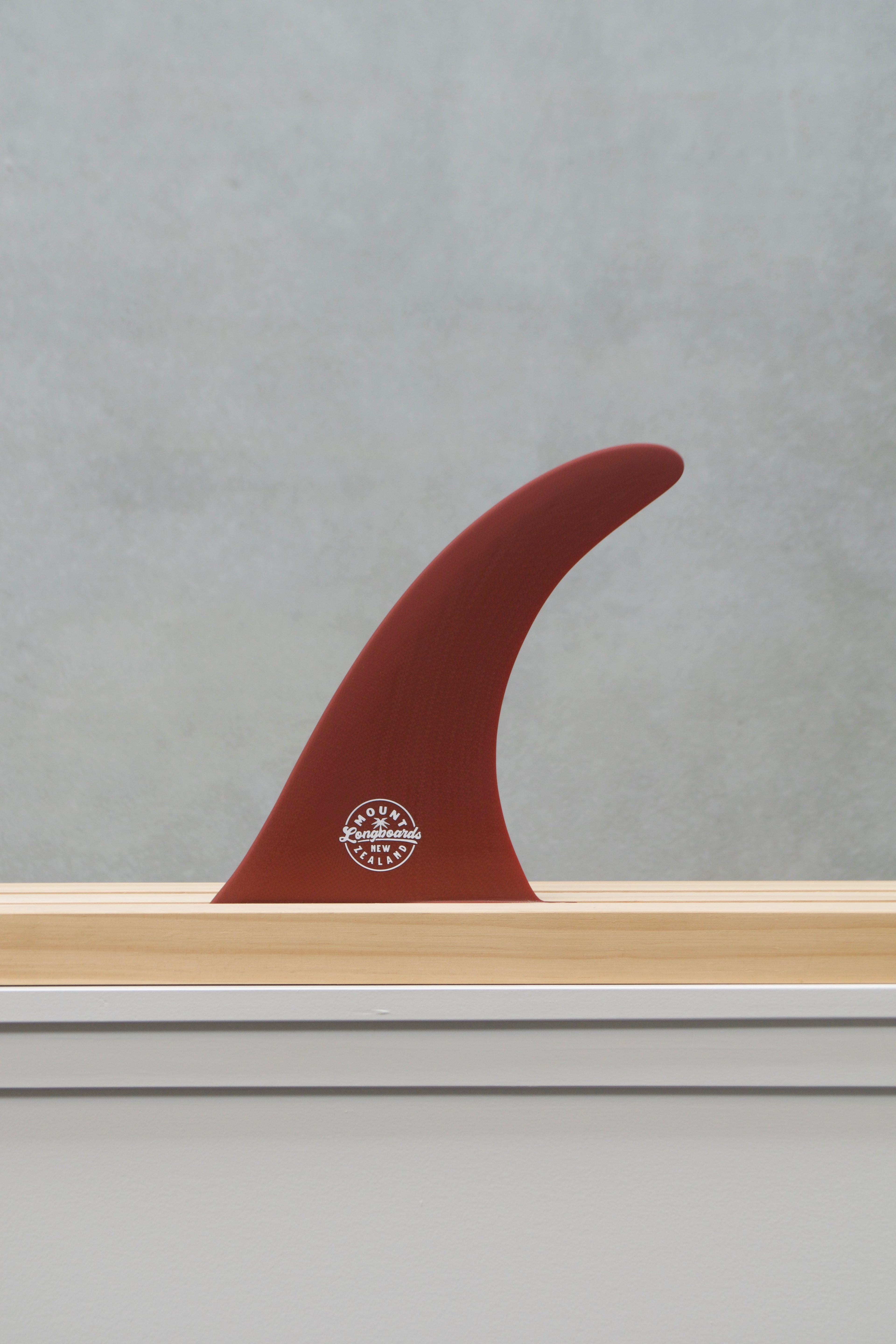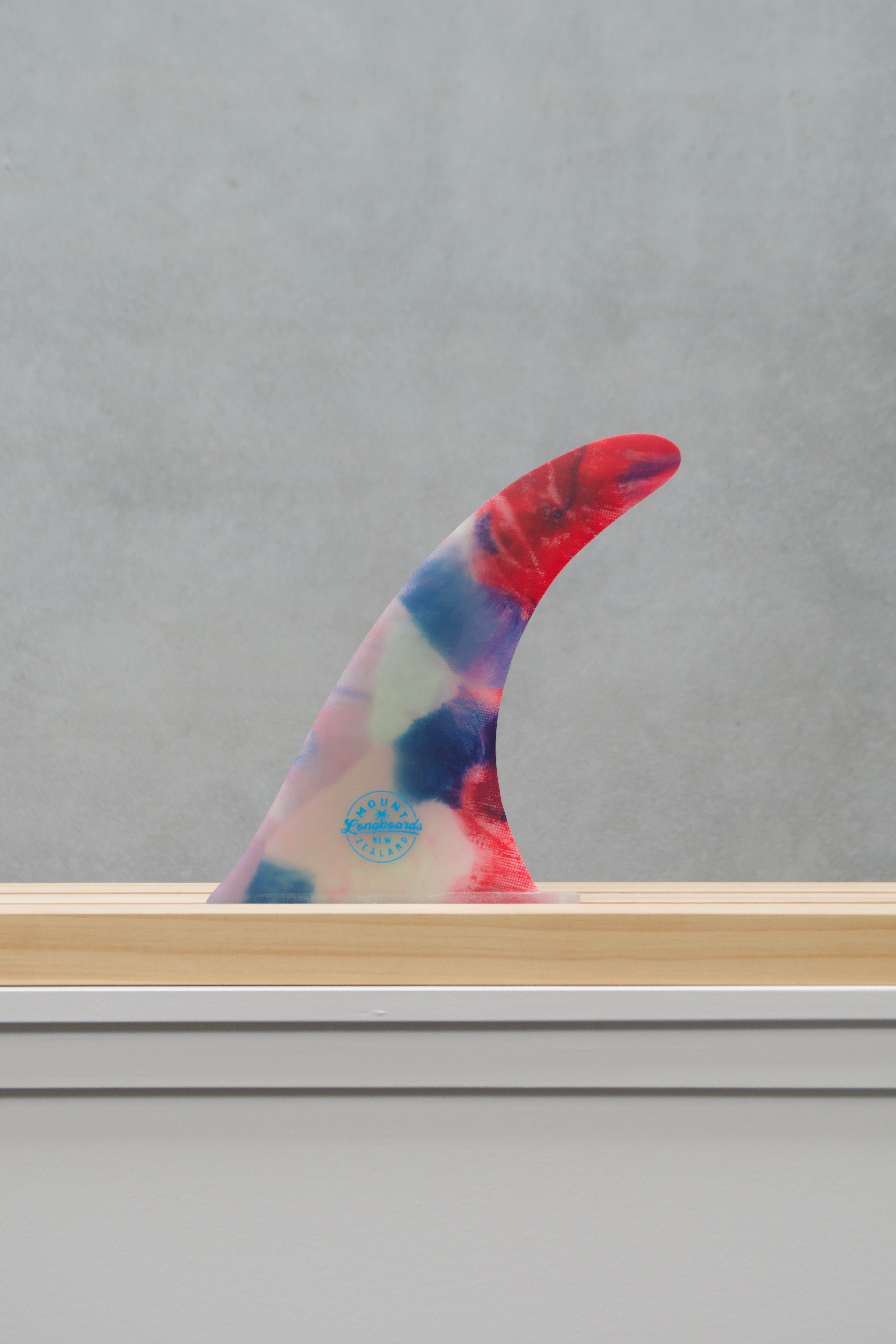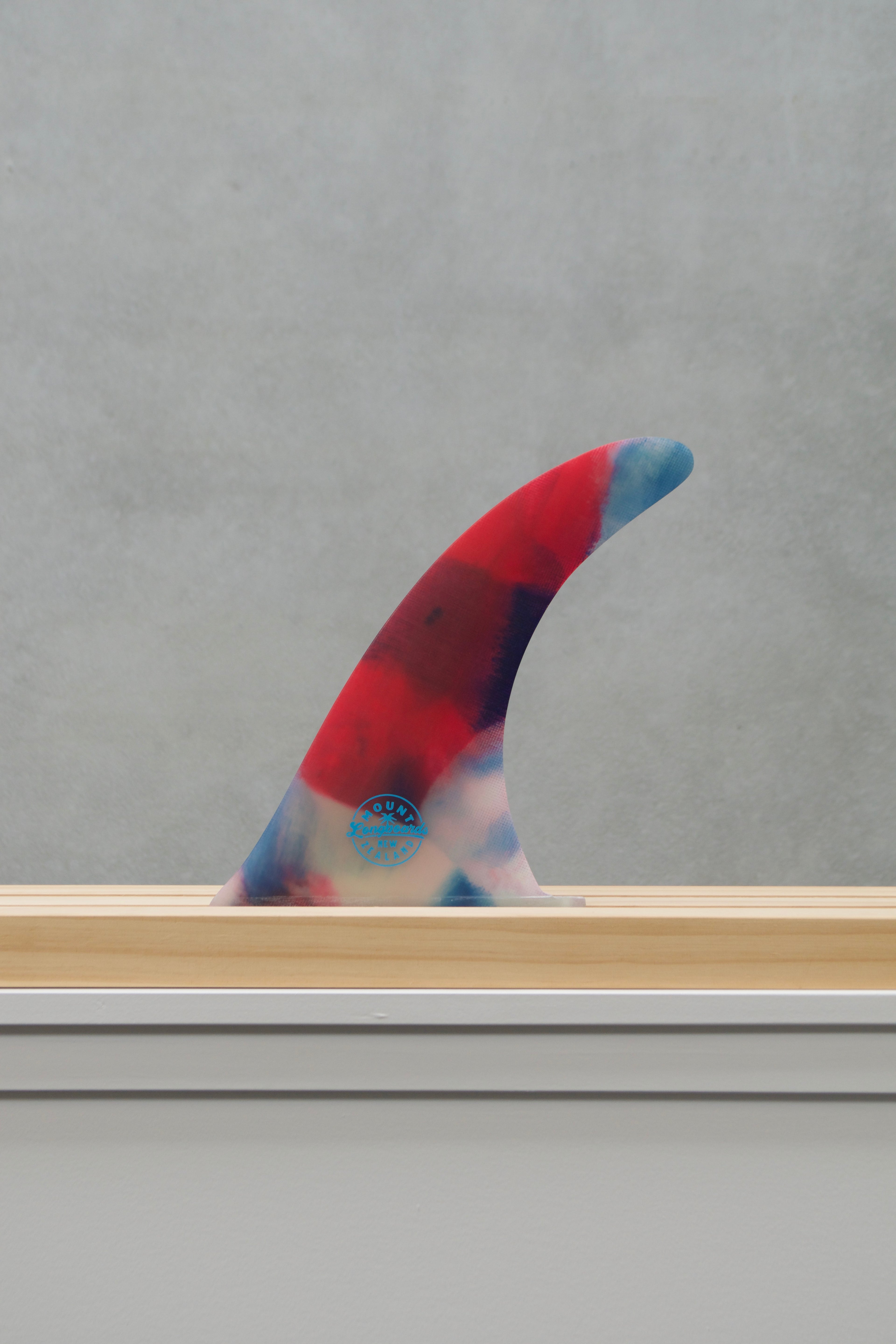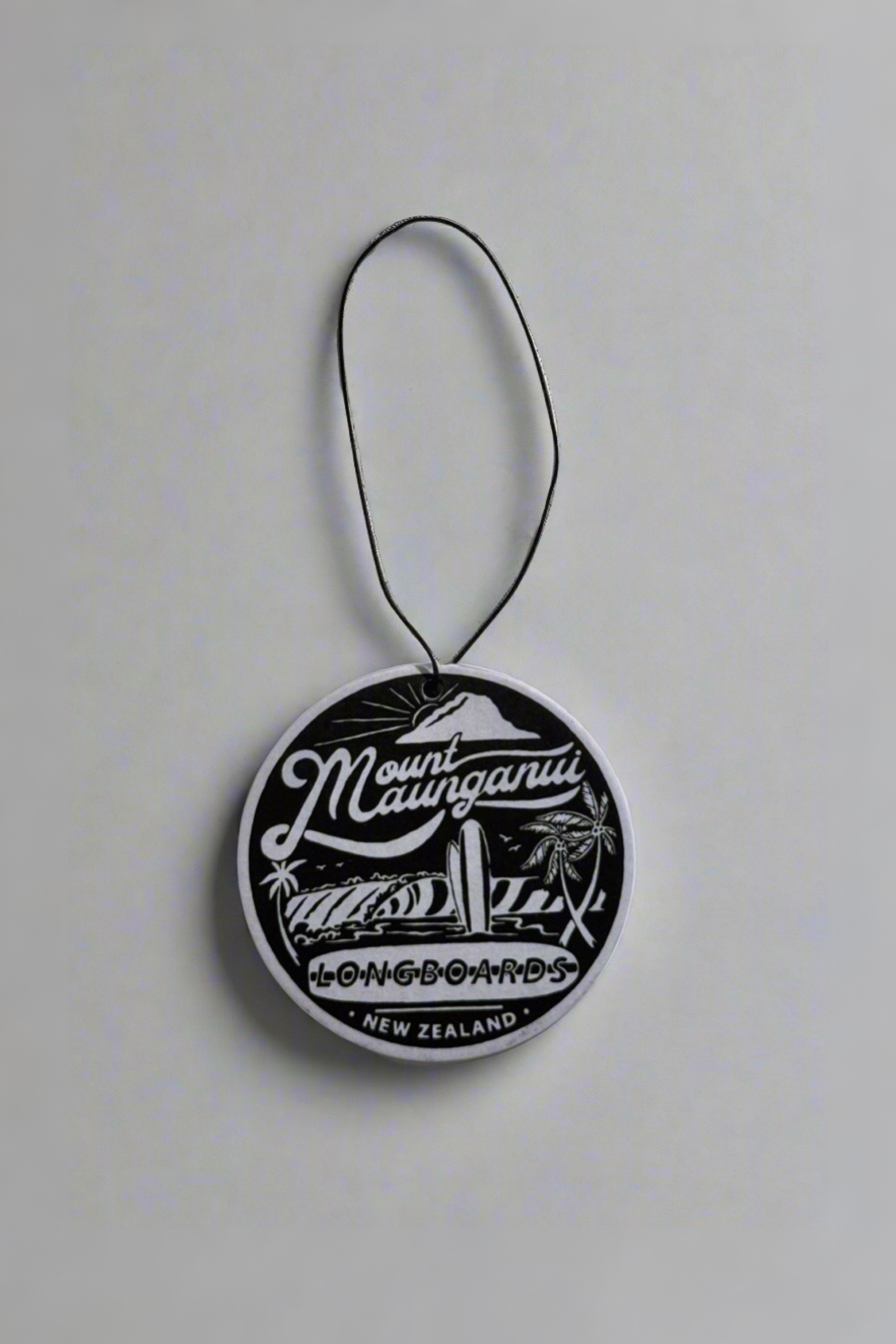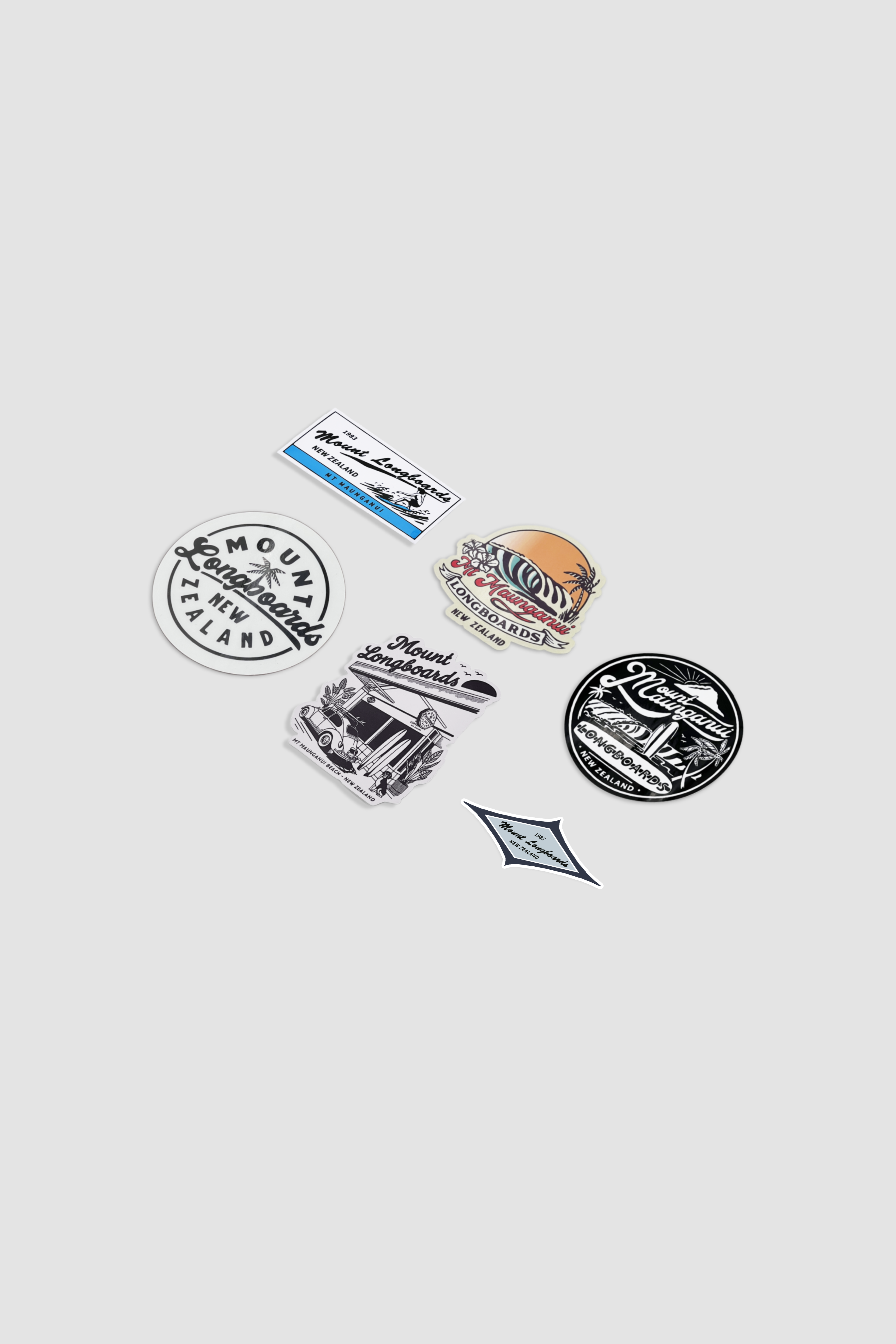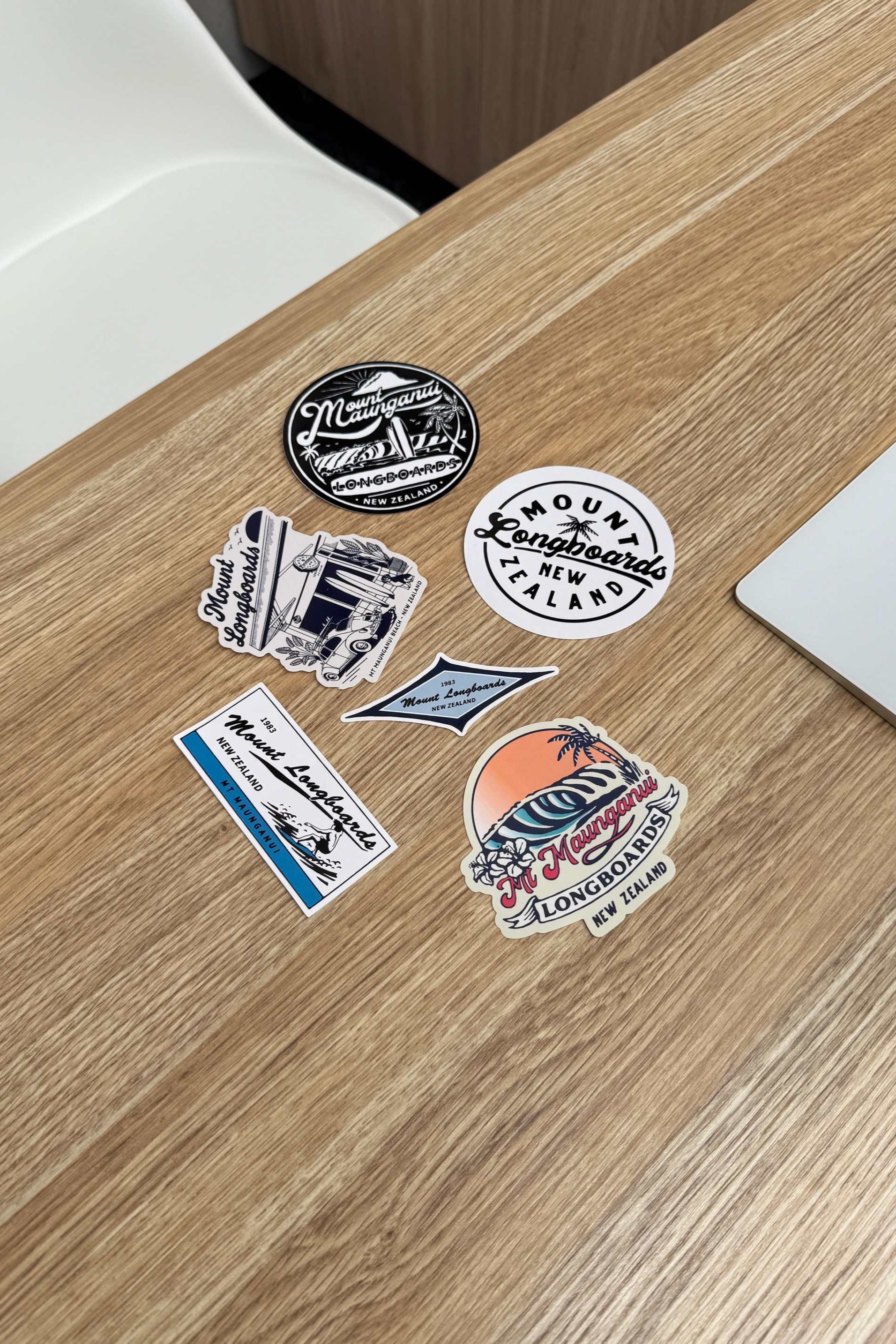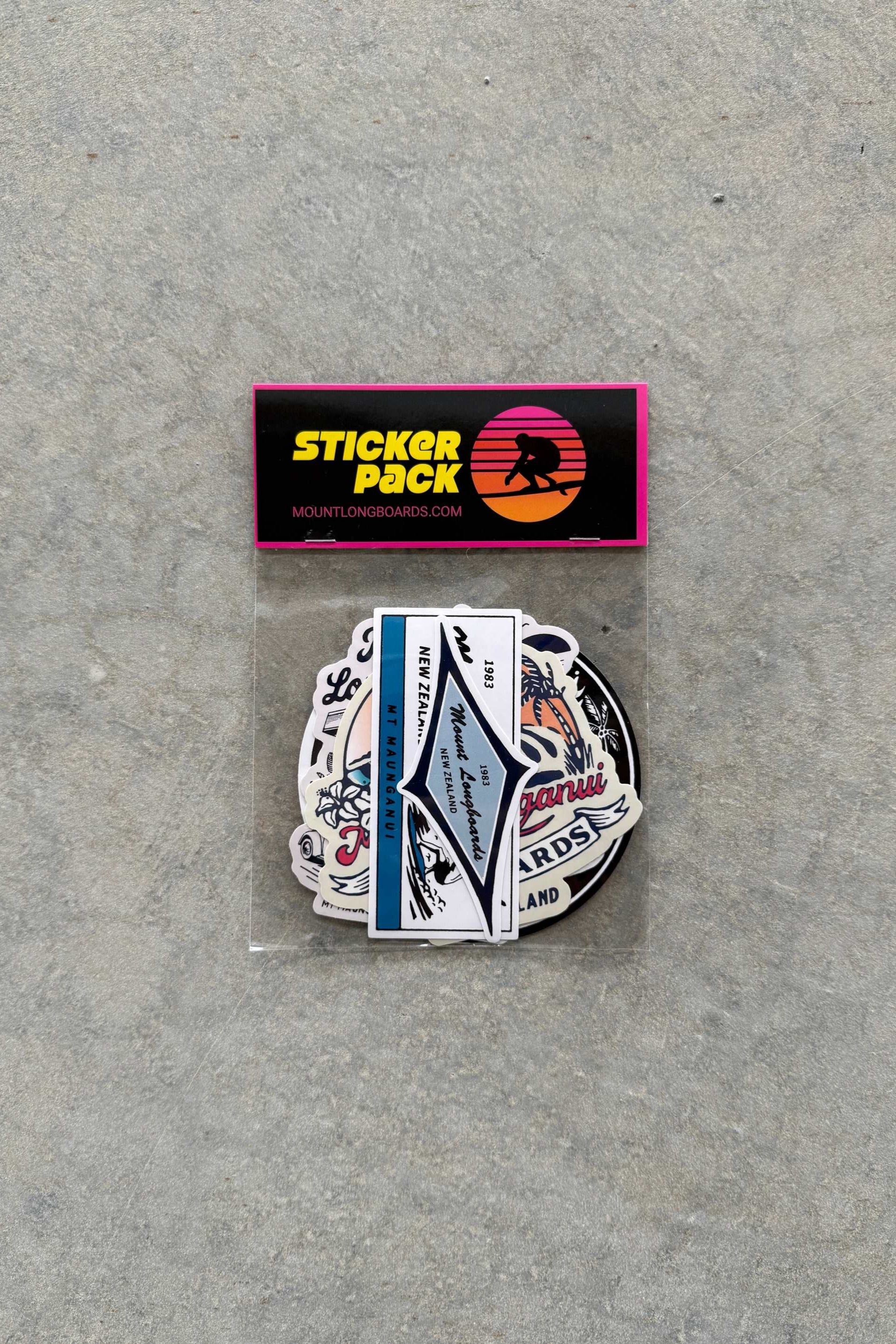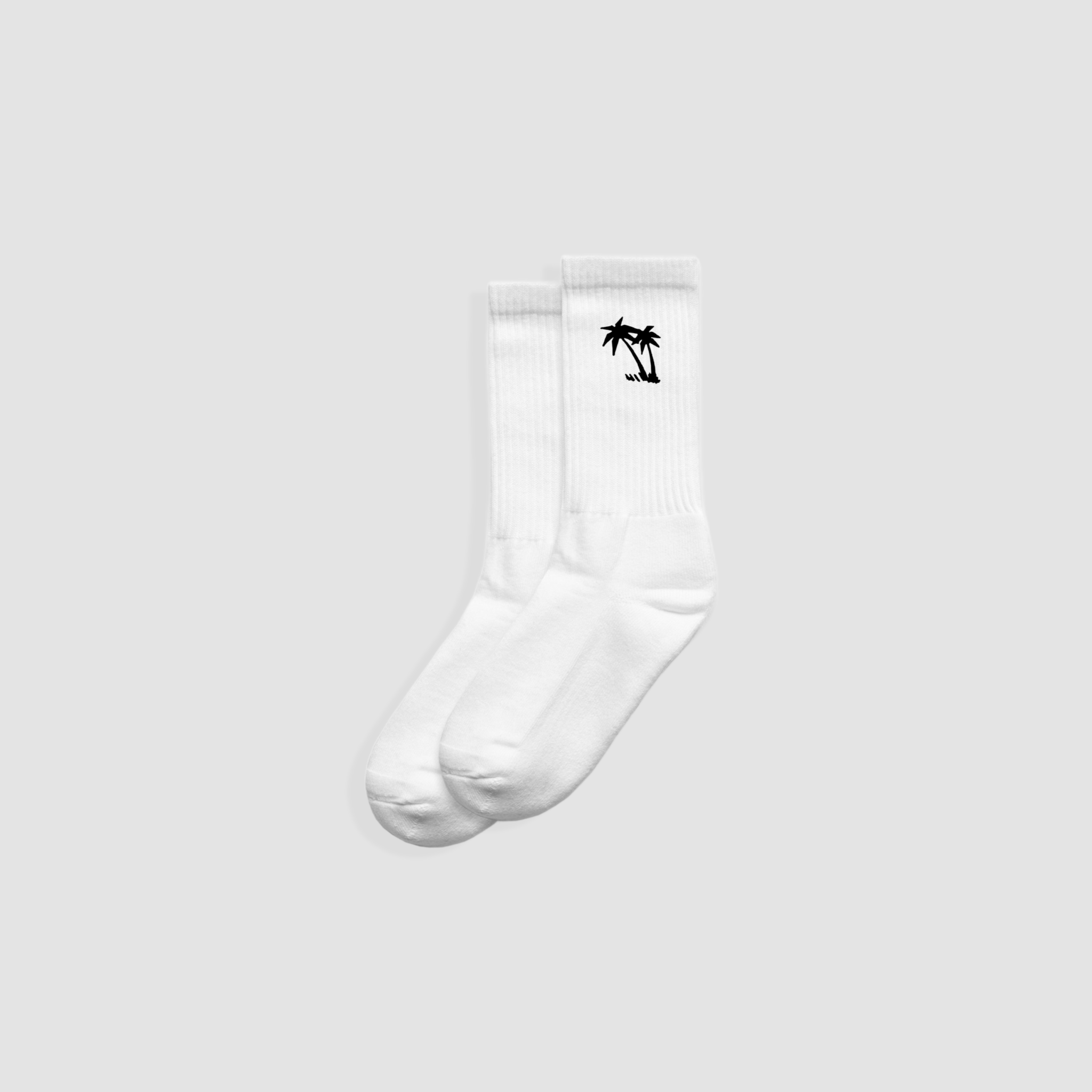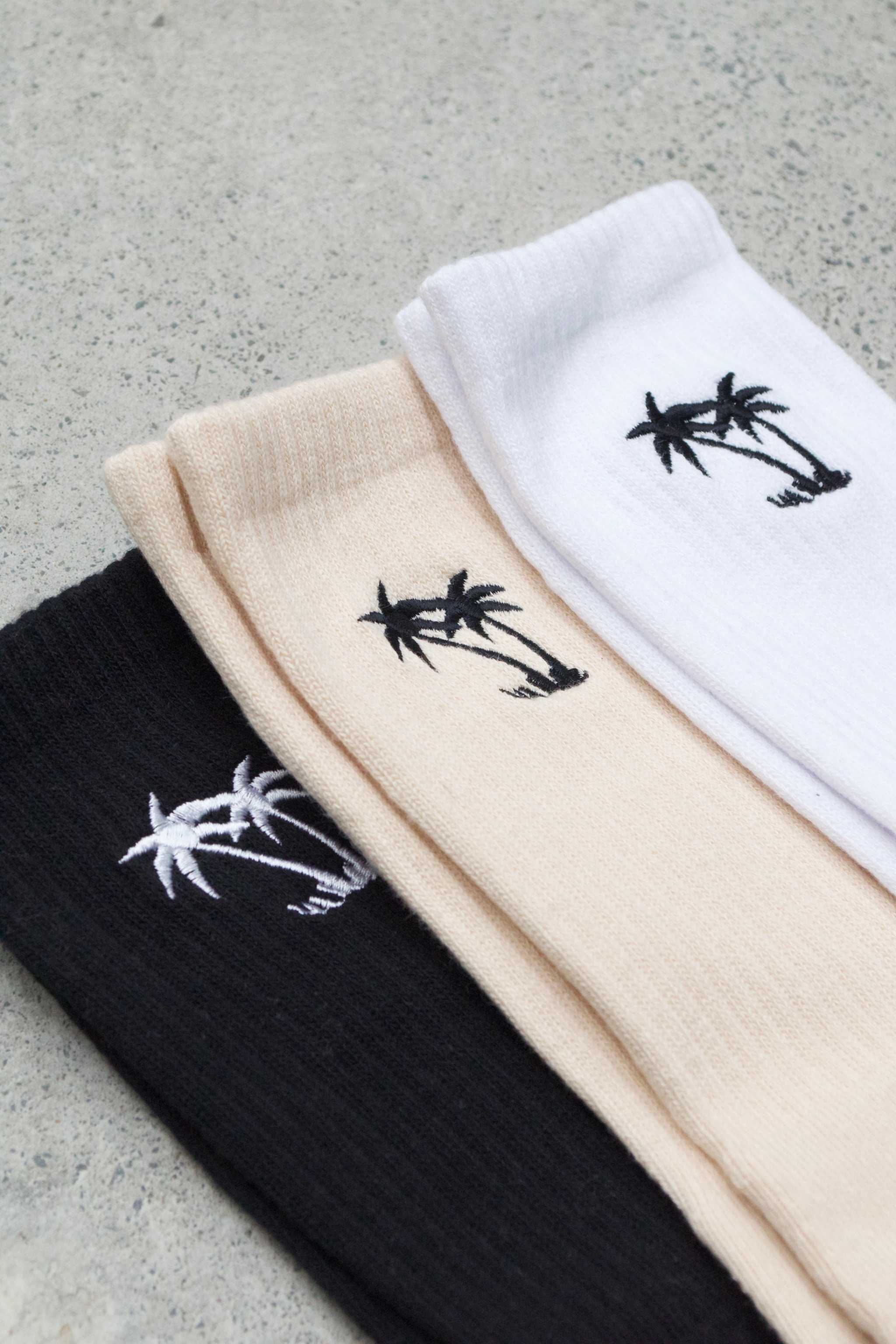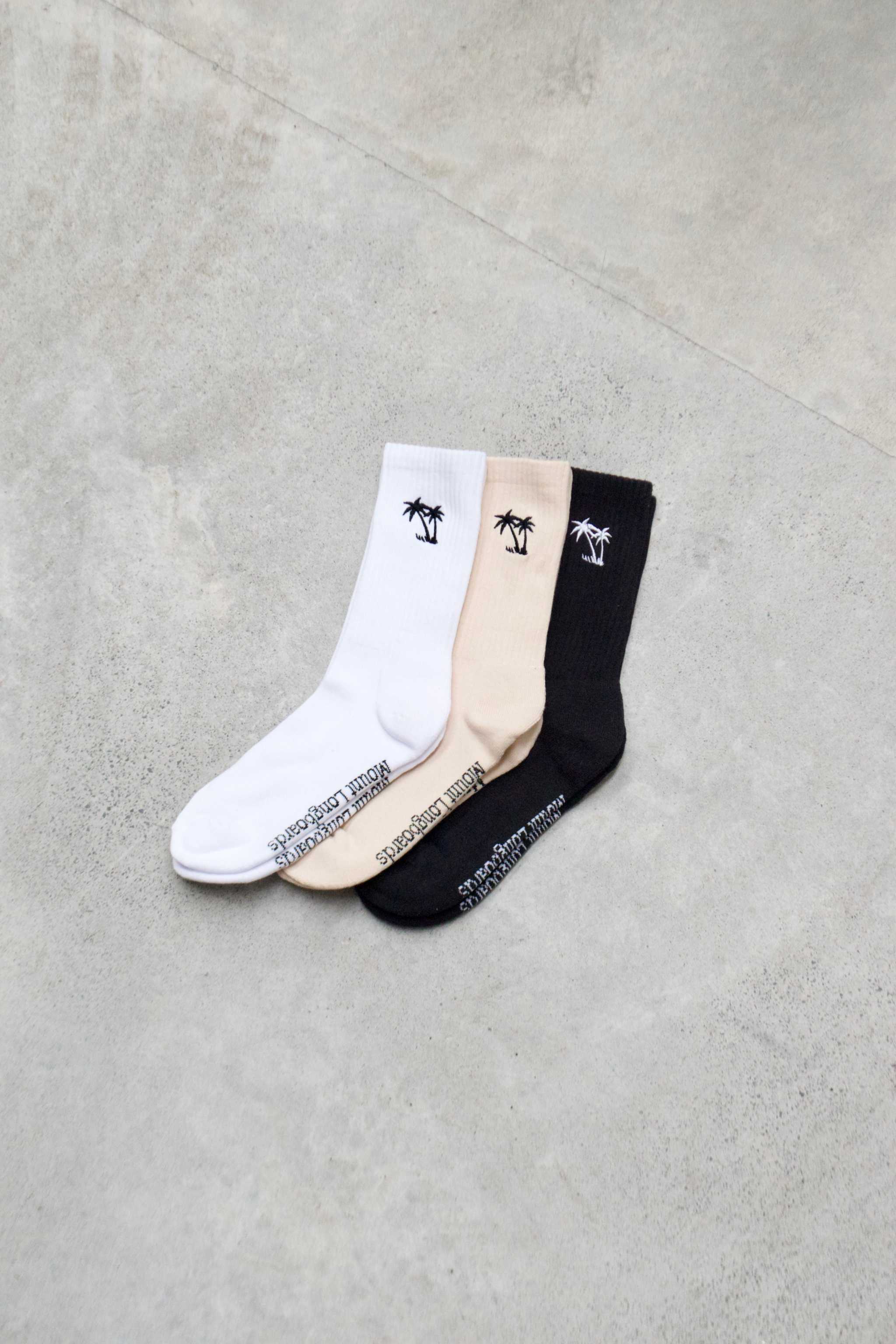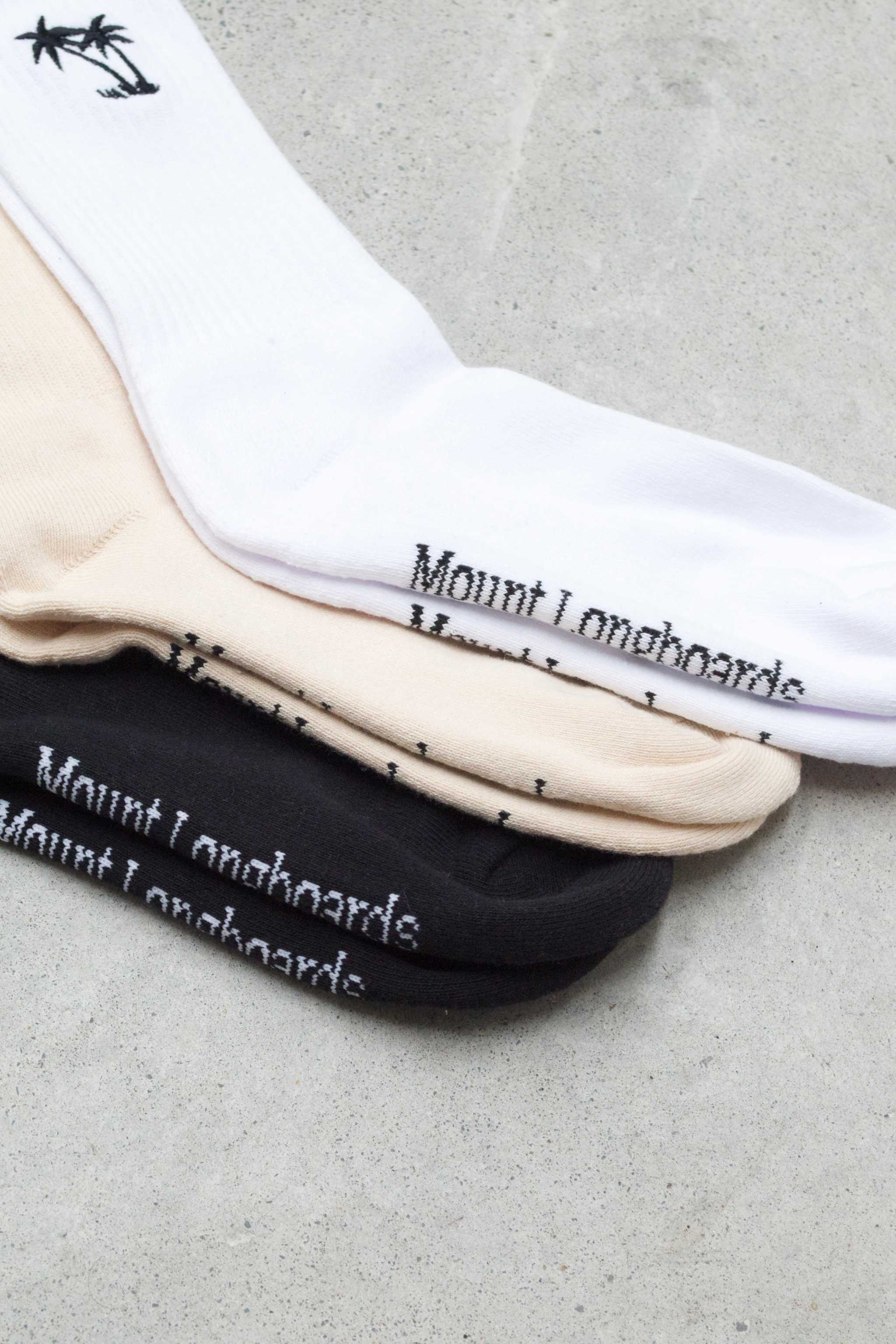Longboard Fin Guide
Choosing a Fin Shape
When choosing a single fin for your longboard, the shape plays a crucial role in how your board performs. Here, we’ll break down the common types:
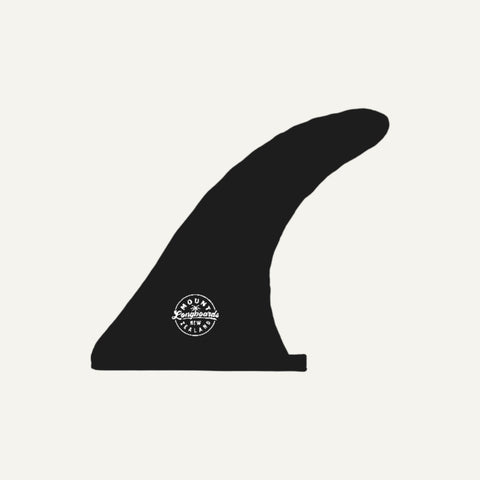
All Round Fin
Pros:
- Versatile and balanced, offering a mix of stability and manoeuvrability.
- Works well in a variety of conditions, from small to medium waves.
- Ideal for beginner to intermediate surfers.
- Allows for smooth, controlled turns and solid nose-riding ability.
Cons:
- May not excel in highly specialised conditions (e.g., pure nose rides or tight carves).
- Less focused performance than fins designed for specific longboard styles.
Summary: The All Round Fin is the go-to choice for surfers looking for a balanced fin that can handle a variety of wave conditions and surfing styles. Its wide base offers stability for nose-riding and trimming, while its thinner, flexible profile allows for smooth carves and responsive turns. It’s perfect for surfers who want a versatile, all-in-one fin for everyday longboarding, offering great performance whether you're cruising or carving. It is also ideal for navigating unpredictable beach breaks that require quick adjustments and responsive turning. This fin is a great starting point for longboarders or those who like to mix up their style and wave conditions.
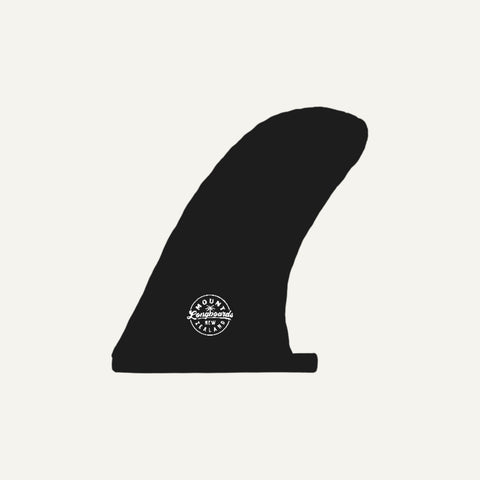
Pivot Fin
Pros:
- Provides excellent stability for the tail, which is crucial for nose-riding.
- Great for smooth, controlled turns with minimal effort.
- Ideal for traditional log surfing with slow, deliberate movements.
- Supports cross-stepping and precise direction changes.
Cons:
- Minimal rake means it lacks the smooth carving ability found in more curved fins.
- May feel stiff or less responsive in smaller or faster waves.
- Not as versatile as other fin shapes for varied surf conditions.
Summary: The Pivot Fin is built for nose-riders and surfers who love classic, slow long-boarding. Its large surface area and vertical design keep the tail locked down during nose-rides, providing excellent stability. While it excels at maintaining control on the front of the board, the minimal rake can limit smooth turns, making it best for traditional longboard surfers focused on slow, methodical movements. It’s a perfect choice for those who enjoy walking to the nose and holding a steady line.
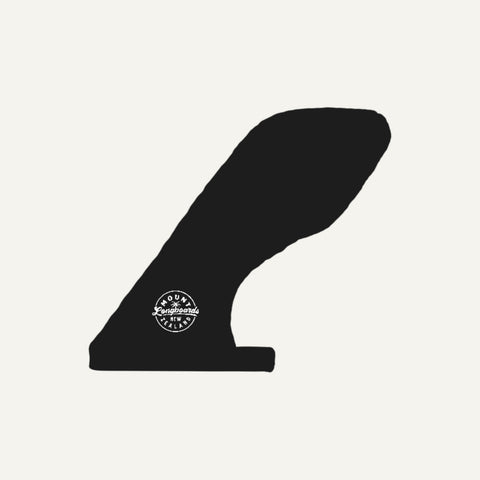
Hatchet Fin
Pros:
- Maximum stability, especially for nose-riding.
- Combines elements of the D and Pivot fins for optimal trimming and stability.
- Excellent for long, drawn-out rides and maintaining control during cross-stepping.
- Provides significant lift at the tail, which keeps the nose elevated during nose-rides.
Cons:
- The extra drag may slow down the board, making it less responsive in fast waves.
- Can feel less manoeuvrable for surfers seeking quick, sharp turns.
- Best suited for mellow waves, not ideal for aggressive surfing.
Summary: The Hatchet Fin is the ultimate choice for dedicated nose-riders. Its wide, blunt shape provides maximum stability and excellent hold while trimming down the line. The added drag allows the rider to maintain a steady position while walking to the nose and performing long, smooth rides. Though it sacrifices some manoeuvrability for control, it’s the perfect fin for long-boarders looking for stability and precision on larger, slower waves. It combines the best traits of the D and Pivot fins for those who want both trimming and stability.
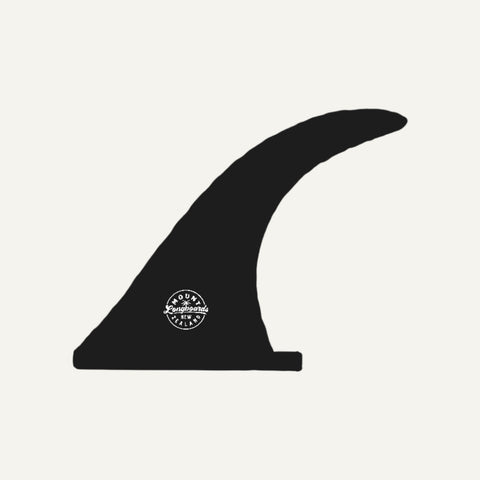
Flex Fin
Pros:
- Highly responsive and flexible, enhancing turning ability.
- Allows for quicker, sharper turns and faster reactions to wave changes.
- Ideal for hybrid longboards or those seeking a bit more performance from a classic shape.
Cons:
- Less stable than larger fins, especially at higher speeds.
- Might not provide enough hold for nose-riding.
- Flex characteristics require more skill to control effectively.
Summary: Flex Fins are designed to bring performance and agility to traditional long-boarding. With a thinner, more flexible shape, these fins are ideal for surfers who want to add speed, sharp turns, and enhanced carving ability to their long-boarding experience. While they offer more manoeuvrability, they sacrifice some stability, making them best for intermediate to advanced surfers looking for a lively, performance-driven feel. Flex Fins are perfect for hybrid longboards or surfers looking to add a little “pizazz” to their ride.
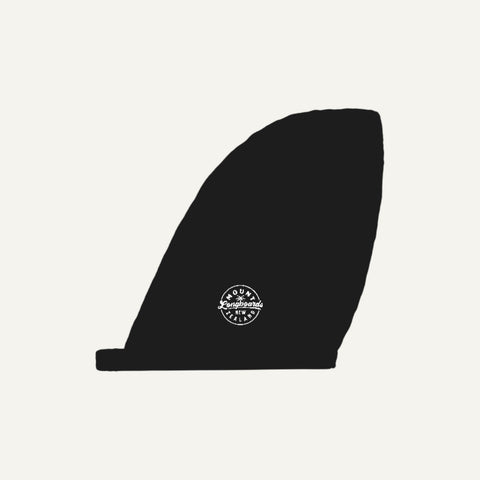
D Fin
Pros:
- Offers excellent control for big, heavy longboards.
- Perfect for straight-line speed and maintaining stability while riding down the line.
Cons:
- Not as responsive in tight turns.
- Best suited for large, heavy boards, not ideal for smaller or modern longboards.
Summary: The D Fin is a tribute to classic longboard design, offering excellent trimming ability and control, particularly suited for heavy, old-school longboards. Its large surface area helps to maintain stability, especially on smooth, straight runs. However, its short and stubby shape makes it less effective for nose-riding and tight turns. The D Fin is the perfect choice for those who want to cruise stylishly down the line, but it’s not designed for aggressive or technical manoeuvres.
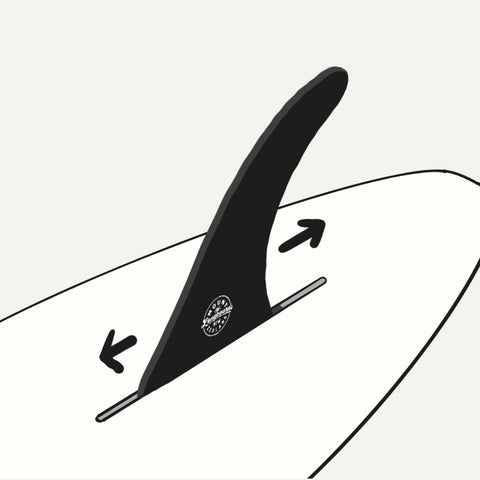
Fin Positioning
The positioning of your fin in the fin box can drastically change your ride. Here’s how:
Forward Position: Moving the fin forward (towards the nose of the board) will make your longboard feel looser and more responsive, perfect for a freer, more dynamic ride. This position is ideal for surfers looking for sharper turns and quicker responses from the tail.
Backwards Position:Sliding the fin back (towards the tail of the board) will unlock greater stability and hold, which is great for carving with confidence. This position is ideal for surfers seeking a more controlled ride, especially in powerful waves, providing more drive and smooth, long turns.
Fin Size:
For shorter longboards around 8ft, a medium fin (8 inch to 9 inch) offers a balance of stability and manoeuvrability. Classic longboards 8ft to 9ft do well with 9 inch to 10 inch fins, providing stability for nose-riding and carving. Longboard logs 9ft+ benefit from larger fins 10 inches to 11+ inches, offering maximum hold and stability for smooth rides.
As a more general rule of thumb, we recommend matching the fin size to the length of the board. For example:
- 10ft board = 10+” fin
- 8ft board = 7-8” fin
- 9ft board = 9-10” fin




